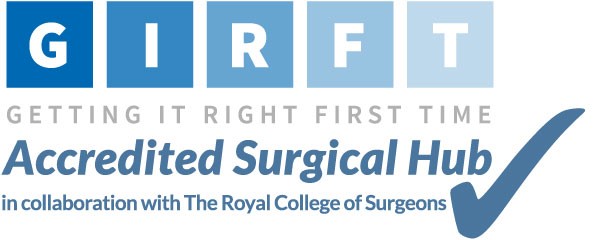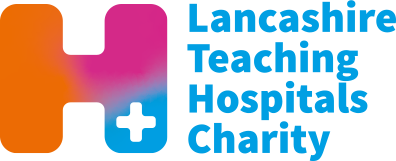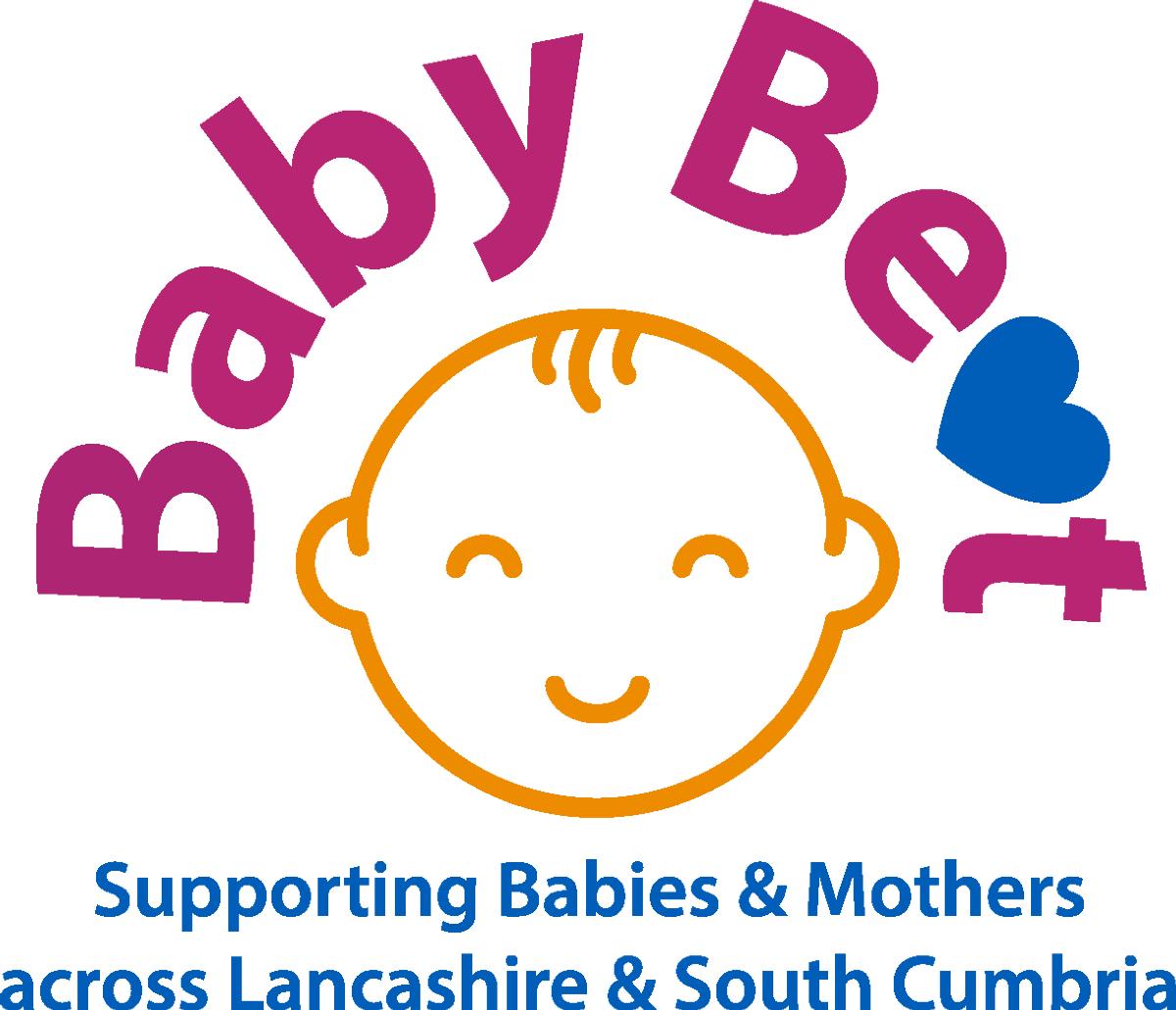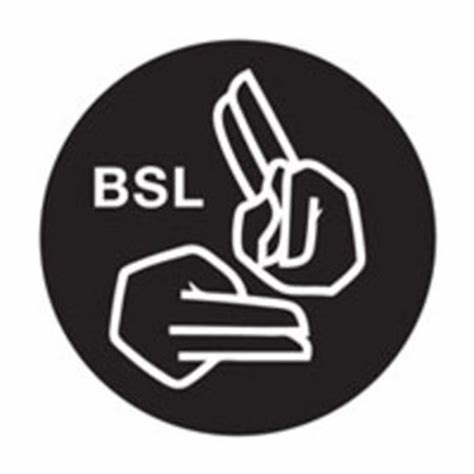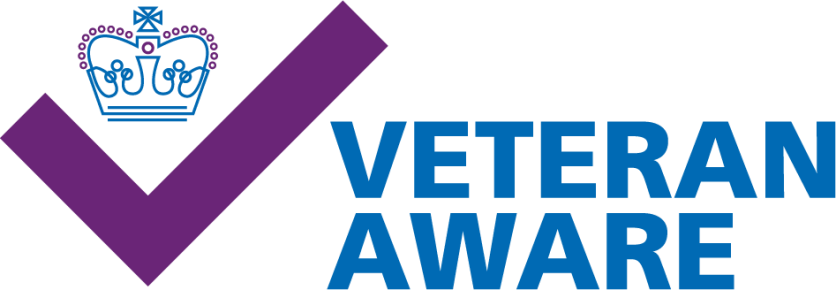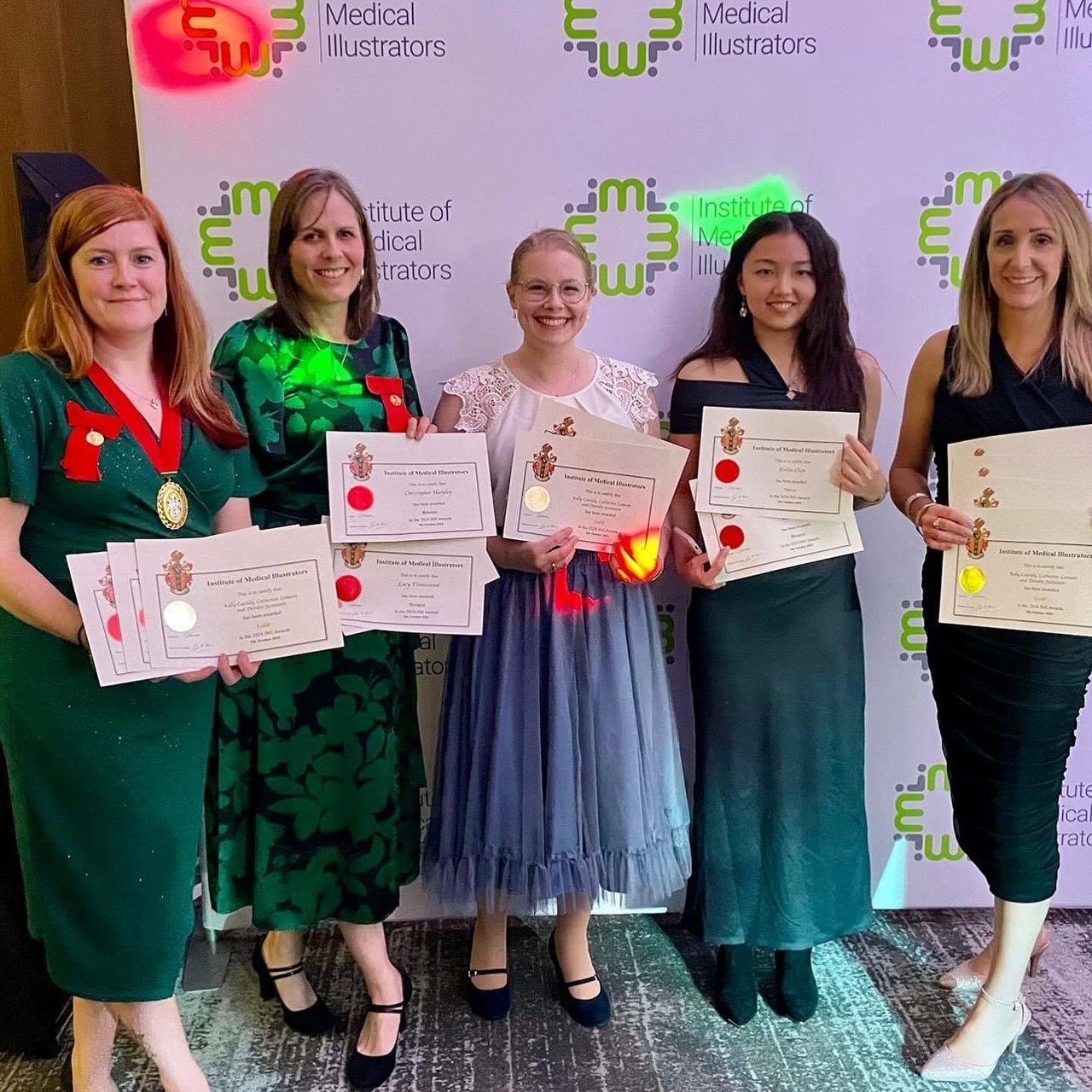 Lancashire Teaching Hospitals’ Medical Photography Team Lead, Lucy Tinniswood, was the recipient of the Institute of Medical Illustrators’ most prestigious award, the Norman K. Harrison Gold Medal at the Institute's recent annual awards at the Radisson Blu Hotel in Castle Donington.
Lancashire Teaching Hospitals’ Medical Photography Team Lead, Lucy Tinniswood, was the recipient of the Institute of Medical Illustrators’ most prestigious award, the Norman K. Harrison Gold Medal at the Institute's recent annual awards at the Radisson Blu Hotel in Castle Donington.
Lucy was awarded the medal by Institute chair Cat Lamoon, Senior Clinical Photographer with the Trust’s Blended Learning team.
The Norman K. Harrison Gold Medal is presented annually at the discretion of the Chair to a member considered to have made an outstanding contribution to the Institute or profession.
Chris Harpley from Medical Photography also won a bronze award for his work on the night, while there was a gold, two silver and four bronze awards for Cat Lamoon, Kelly Cassidy, Deidre Justusson and Xinlin Chen from Blended Learning.
Lucy said: “It was really unexpected, but lovely to be awarded for services to the profession and Institute. It’s one of the proudest moments in my career definitely.
“I've entered the awards before and won bronze, so this is a highlight. It’s great for the Medical Photography team that Chris Harpley also won bronze - we are a small department so it's fantastic to be recognised by the Institute.”
Cat Lamoon, who herself won the award in 2015, said: “This prestigious recognition goes to a member of our institute who has truly gone above and beyond for their profession. They are not only a leading light in medical photography but also deeply dedicated to our institute.
“Lucy’s dedication to our profession, her innovative spirit, and her unwavering support for her colleagues make Lucy a truly deserving recipient of this honour.”
Lucy has enjoyed 28 years in the profession, spending the last three with the Trust, having previously worked at Royal Bolton Hospitals NHS Foundation Trust.
In that time, she admits the profession has changed massively. The Medical Photography team carries out a wide range of roles, taking images to record patient conditions and procedures, assisting with staff training and research.
Lucy explained: “We photograph anything and everything we are asked to, head to toe, inside and out, for medical records, teaching, training purposes, research, patient to patient information, anything for publication.
“It helps doctors monitor conditions, whether pressure sores or wounds are improving, can aid diagnosis for a variety of conditions and help clinicians plan for surgery. We do a lot of teledermatology, photographing suspected skin cancers. The clinician then reviews the images remotely and uses them to assess, diagnose and triage skin conditions.
We go all over the Trust including theatres, and photograph patients from most specialties, including ophthalmology, ENT, maxillo facial, oral surgery and plastics. We also do memento photography for bereavement services which helps families with the grieving process.”
